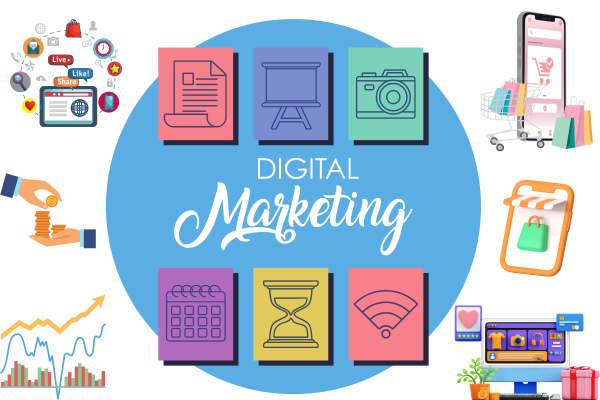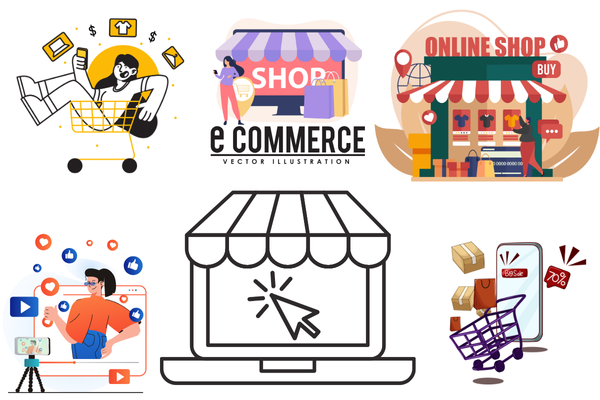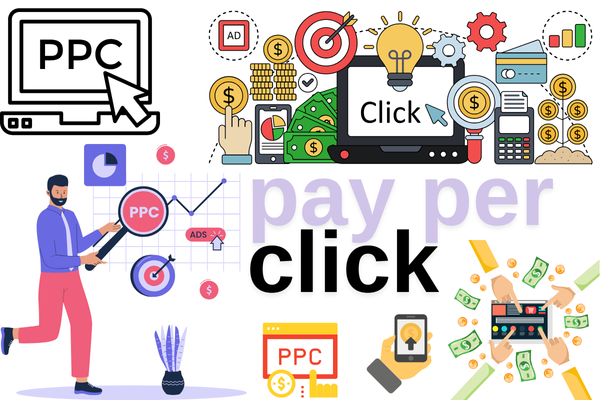
In 2024, Healthcare and Pharma companies will need to start building trust and credibility by sharing accurate and transparent information via social media channels. Patient stories, expert advice, and educational content will be paramount in driving engagement and improving patient care– all within the HIPAA/FDA regulatory guidelines.
Patients on Social Media.
Many patients seek health information on social media, and 63% of people use it to f ind and follow advice on medical topics. So when hospitals are making their brand using social media marketing services in Hyderabad, they can share informative tips with the general about health, create awareness about major diseases and communicate with patients in an effective way.
1. Educational Content
One of the most powerful social media in healthcare and pharma is pushing out low-volume, high-quality educational content. These include exchanging health information about medical conditions, treatments, and medications as well as wellness promotion and preventative care. Illustrations, such as infographics and videos, or easy-to-understand articles can break down intricate medical information into layperson terms for patients and caregivers.
2. Patient Testimonials and Stories
Real patient stories create a personal connection and help build trust with the audience. Sharing patient stories and feedback makes brands feel more personal and helps build a sense of community. But make sure to comply with privacy regulations like HIPAA in the US.
3. Collaborations with Healthcare Professionals
Partnering with a healthcare influencer Marketing agency in Hyderabad or experts can boost a brand’s credibility. These collaborations should be educational or product awareness focused and the influencers’ messaging should align with the company’s mission and comply with regulatory guidelines.
4. Engaging in Real-Time Conversations
More and more patients and professionals are taking to social media platforms as a means of discussing healthcare trends and protocols. In those other sectors, companies use tools such as Twitter and LinkedIn to get involved in topical conversations beyond internal affairs without overtly selling or buying favours (though we all know it sometimes happens).
Video and Visual Content
Short form videos on Instagram Reels, and YouTube Shorts with quick health tips and medical insights. Live streaming Q&A sessions with healthcare professionals and animated explainers of complex treatments for real-time interaction and better understanding.
Comments
-
Sarah
Engaging in real-time conversations on social media sounds like a smart strategy! It’s crucial for companies to be part of the ongoing discussions around healthcare. Listening to patients and professionals can lead to better understanding and responsiveness.




.png)





Leave a Reply